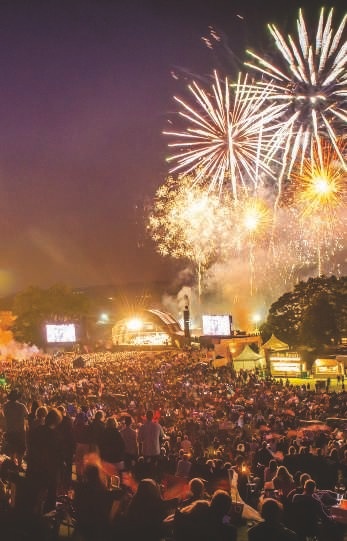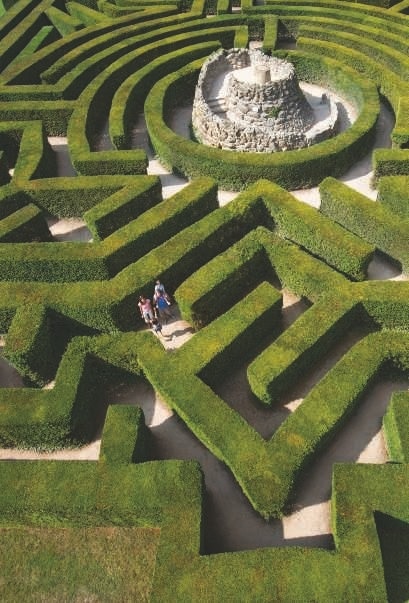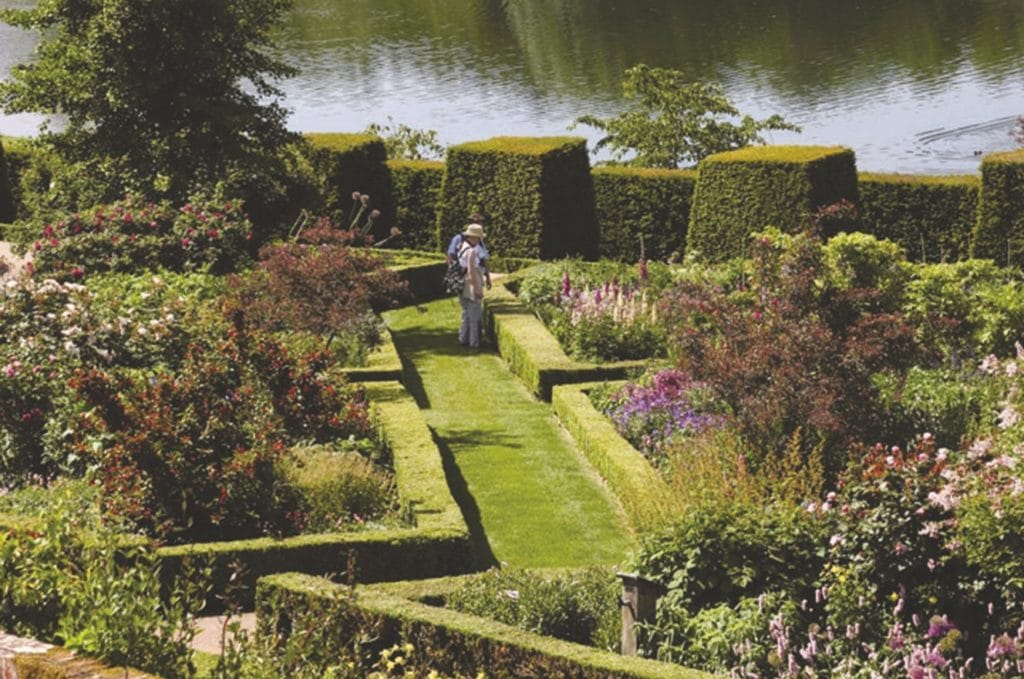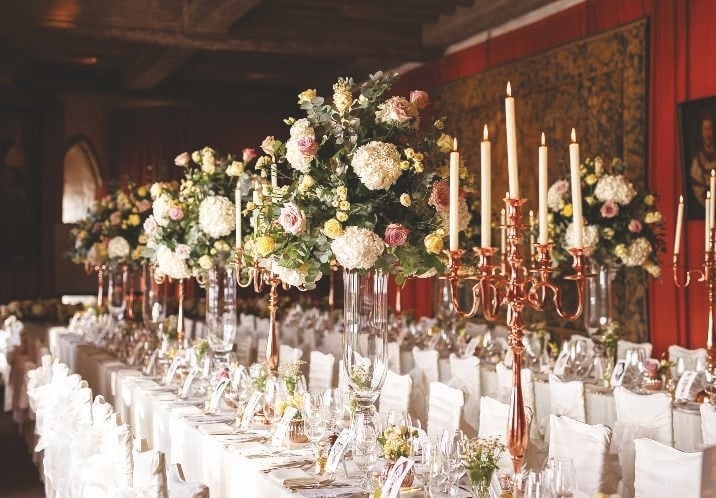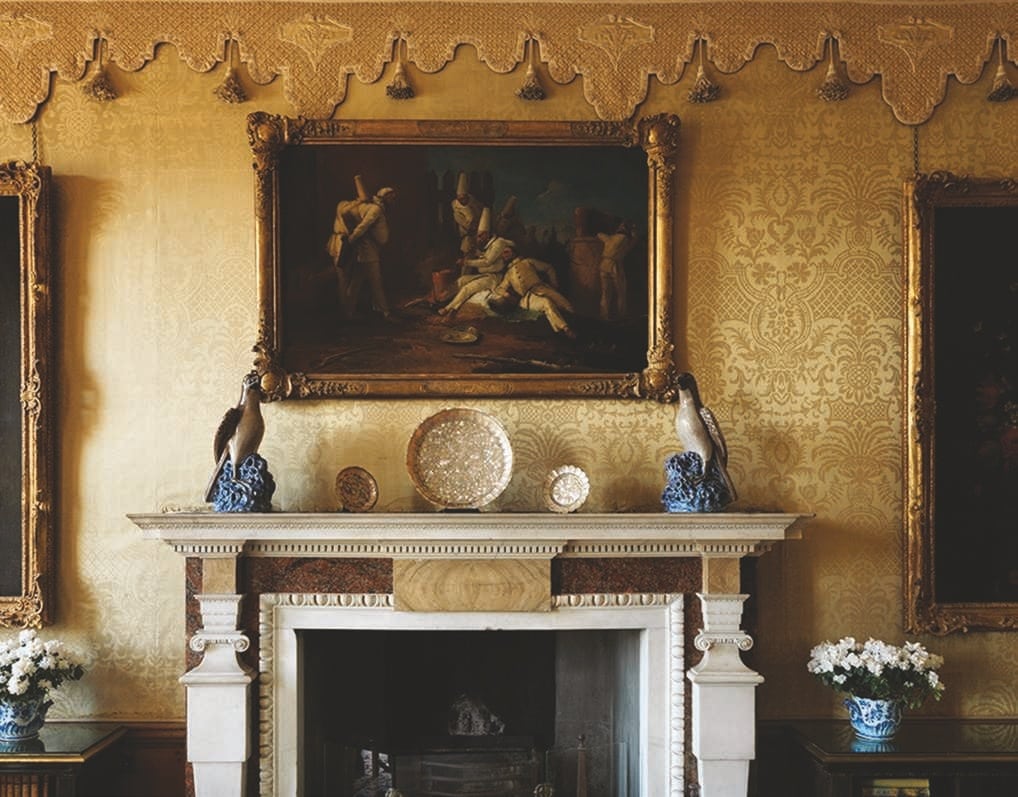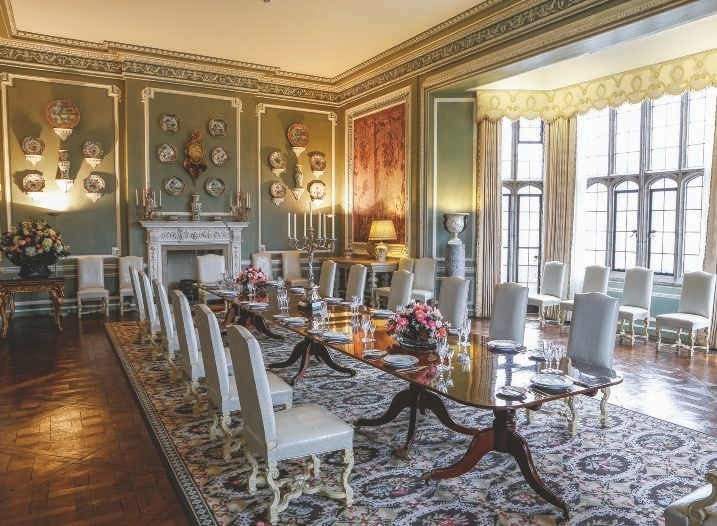If Castle Walls Could Talk…
Fairytale Leeds Castle has played many real-life roles over its 900 years, from royal residence to picturesque playground for the rich and famous and, more recently, a scenic setting for important meetings of state.
Its delights, long accessible only to the upper echelons of society, have been open to all since the last private owner died in the 1970s and left it to the Leeds Castle Foundation which still runs it today.
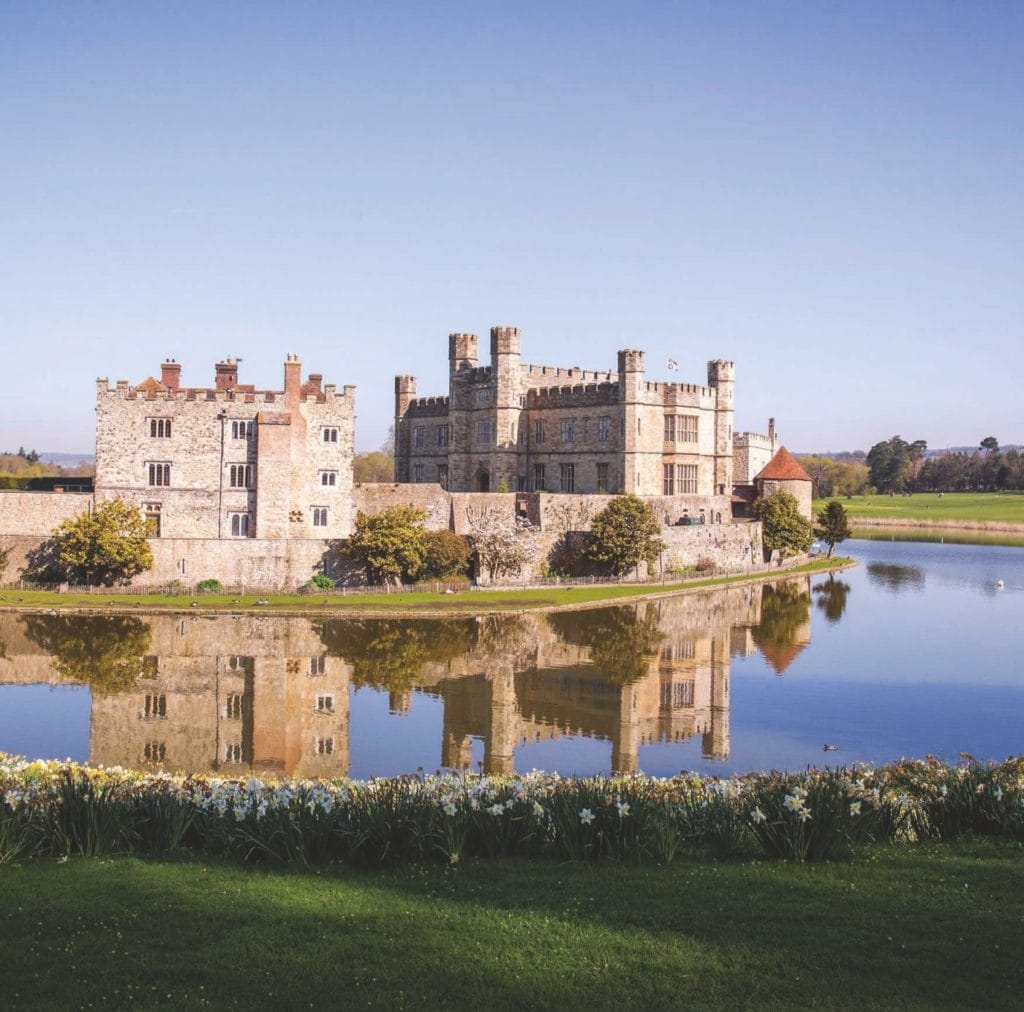
This, the ‘loveliest castle in the world’ according to Lord Conway of nearby Allington, is now a top tourist magnet visited by more than half a million people in 2019, according to the Association of Leading Visitor Attractions.
It offers something for everyone including stunning gardens, historical exhibitions, falconry displays, castle-themed playgrounds, a maze of 2,400 yew trees, a golf course, accommodation for special stays, and a busy programme of events including the popular summer outdoor classical concert.
While the building was closed in the November national lockdown, the grounds and gardens have remained open in line with government guidance. In these unpredictable times, it is best to check the current situation with www.leeds-castle.com before visiting.
The Castle is normally available for weddings and other private events, and there is holiday accommodation both in the historic Maiden Tower, in nearby properties in the grounds and in Knight’s Glamping, where you can sleep in a four-poster bed in a striped pavilion. Enjoy dinner or afternoon tea in the spectacular Castle View Restaurant.
There is a thriving conference trade. No doubt the Castle’s combination of scenery and security influenced its choice as venue for the international meeting between Egyptian and Israeli foreign ministers in 1978 leading up to the Camp David peace process, and for Northern Ireland talks hosted by Tony Blair in 2004.
The Castle is built on two small islands in a lake formed by the River Len, originally connected by a drawbridge over water. Domesday attributes the land ownership to Bishop Odo, half-brother of William the Conqueror, and it is known that a simple stronghold was erected in 1119. A double-light window and a cellar survive from this early structure.
The estate came into the hands of King Edward I and his wife the Spanish Eleanor of Castile in the 13th century and the revetment wall surrounding the larger island dates from this time. The keep on the smaller island was developed by Eleanor into what was called the Gloriette (from a Spanish word for ‘outdoor pavilion’). Today the Gloriette and what is known now as New Castle on the larger island are connected by indoor corridors, so that visitors pass easily between the two buildings. It is likely that the bath house revealed quite recently beneath the Bailey (the larger island building) was created for Edward.
Edward and Eleanor began a tradition of Leeds Castle’s ownership by England’s queens, right up to Catherine of Aragon, another Spanish woman, who was Henry VIII’s first wife in the 16th century. Henry transformed Leeds from a Norman stronghold into a royal palace for him and Catherine to enjoy. It was in royal ownership during The Field of Cloth of Gold, a magnificent tournament held in 1520 to increase the bonds of friendship between Henry and his European rival, Francois I. A series of displays focus on this period of Tudor history and is accompanied by a children’s trail.
The Castle passed out of royal hands when Henry’s heir, the boy king Edward VI, gave it to Anthony St Leger for services rendered. A later owner demolished much of it and built a large Jacobean house. When Fiennes Wykeham Martin inherited this in 1821 it was in considerable disrepair and in danger of collapse, so he replaced it with a building in the Tudor style. The Gloriette was repaired, the moat cleared and cleaned.
One hundred years later the Wykeham Martin family had to sell up for financial reasons and the by-then neglected Castle was bought for £180,000 by the Hon Olive Wilson Filmer (nee Paget), who was looking for a country retreat in Kent. Lady Baillie (as she became known on her third marriage) salvaged and restored the Castle: with the help of leading contemporary French designers, she dramatically altered the appearance of the interiors, including her bedroom, dressing room and reception rooms.
During the 1930s she was one of the great country hostesses of England, entertaining an A-list mix of statesmen, European royalty, and film stars including Charlie Chaplin and Errol Flynn at Leeds, where these guests enjoyed a cinema, tennis and squash courts, a swimming pool with wave machine – and zebras roamed the grounds! World War II curtailed the socialising, and Lady Baillie allowed New Castle to be used as a rehabilitation hospital for burned airmen treated by the pioneering plastic surgeon Sir Archibald McIndoe at East Grinstead Hospital, while her family moved into the Gloriette.
At the same time, weapons research was secretly carried out in the grounds. The government minister responsible for this work, Geoffrey Lloyd, was a frequent visitor and later became the first chairman of the Leeds Castle Foundation, set up in 1974 after Lady Baillie died. It soon became obvious to the Foundation that opening the grounds, and then the building, to paying visitors was the only way to afford maintenance.
Work on this Grade I listed property is always ongoing. In recent years more than £2m has been spent on the outer stonework, replacing old harmful cement-based mortar with lime mortar. Where stonework needs replacing the aim is always to use Kentish ragstone, to reflect the original appearance. Future plans include conservation of the Barbican and Fortified Mill, alongside restoration of the Castle turrets on the front elevation.
The Castle’s historic interiors and collections are cared for by the Heritage team, from conserving faded tapestries to matching original paints and restoring luxurious soft furnishings.
The aim of the Charitable Foundation is ‘the preservation of the Castle, its collections and interiors, and its estate for the benefit of the public’. All profits go towards this aim, and the Foundation receives no external funding.
Not surprisingly, it takes a lot of expertise, a great deal of care, and of course money, to preserve ‘the loveliest castle’ for posterity!
Posted in: Features
